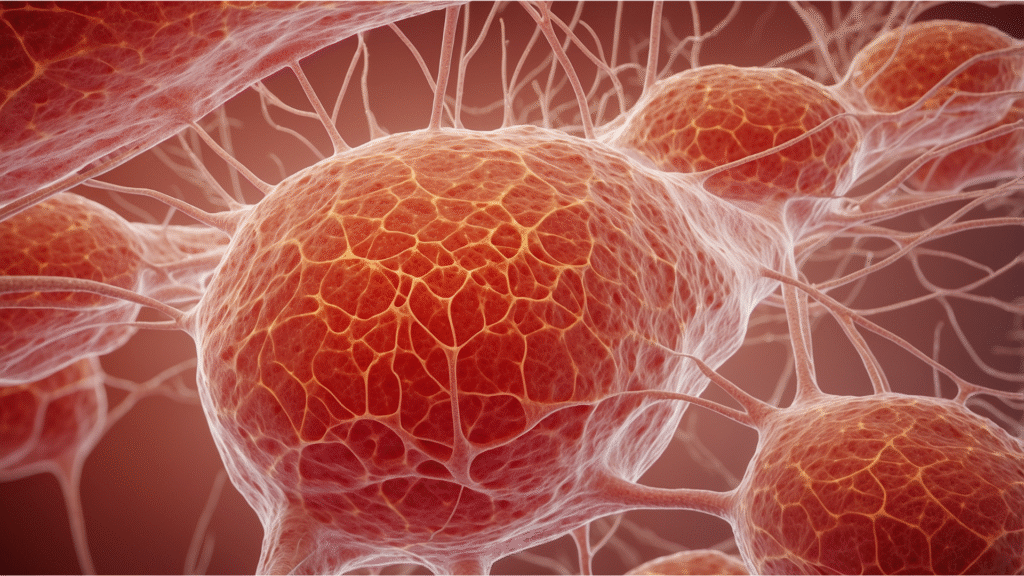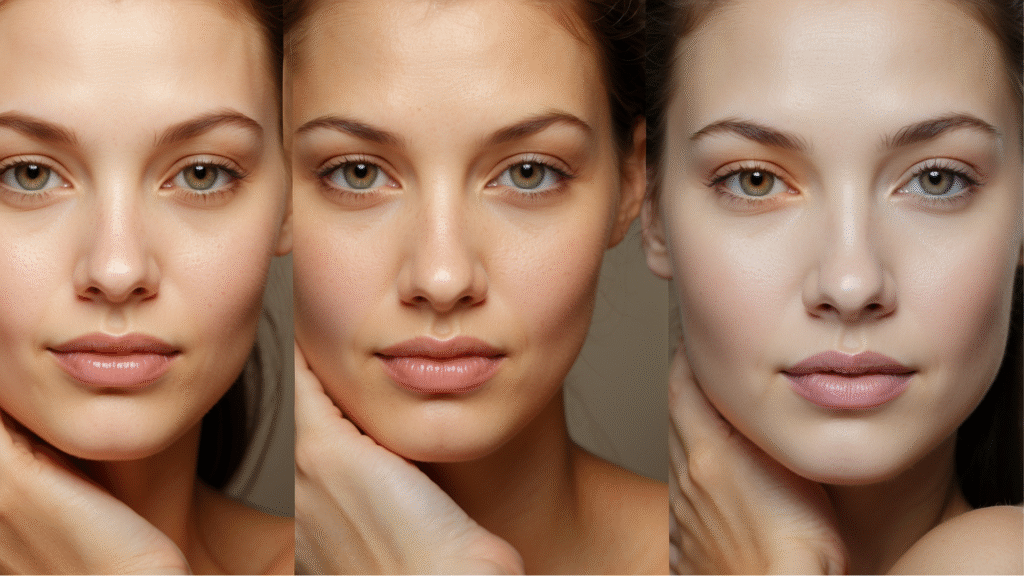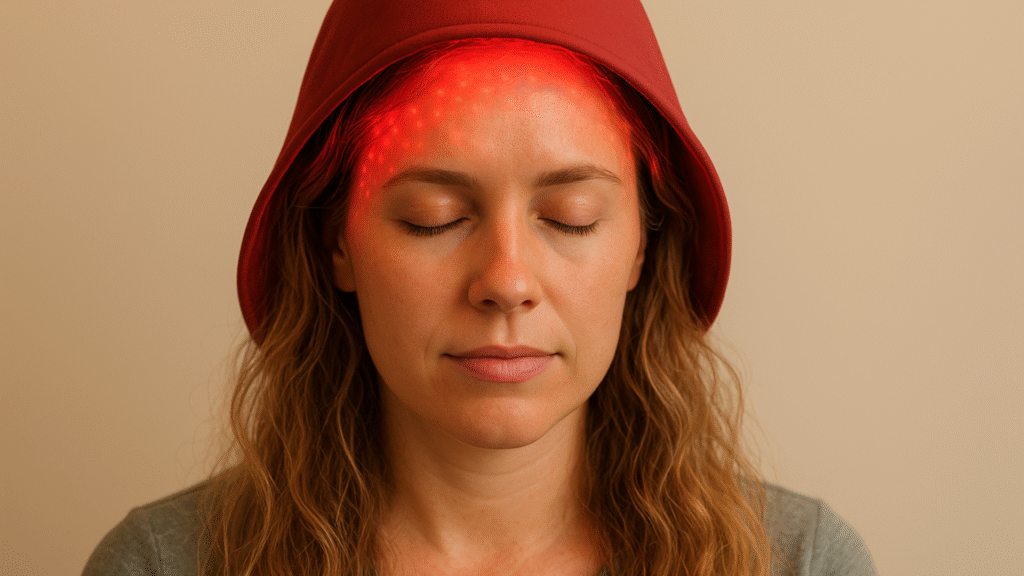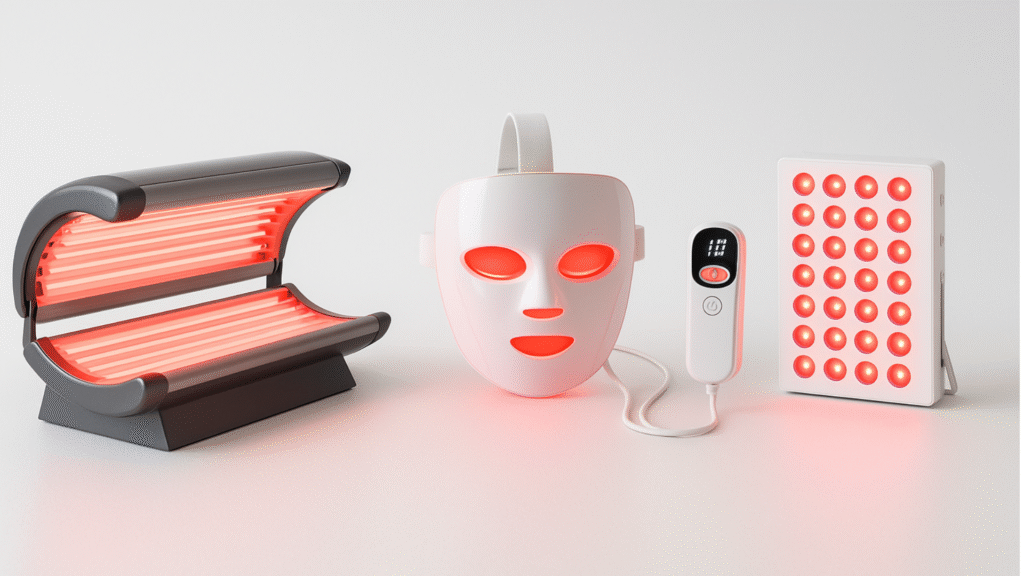Red light therapy is rapidly gaining recognition across the wellness industry for its noninvasive approach and wide-ranging applications. More individuals and professionals are exploring the benefits of red light therapy beds to support energy, skin vitality, and recovery, all without the use of pharmaceuticals or invasive procedures. As interest grows, it is becoming a cornerstone of modern self-care routines.
As a form of light therapy, this method involves exposing the body to specific wavelengths of visible and near-infrared light that interact with cells to encourage regeneration and healing. While many people use a red light therapy device like a mask or handheld wand, full-body beds provide a more immersive experience. Originally developed through low power laser therapy research, the technology has advanced significantly. Today, there is growing evidence that red light therapy works to enhance cellular performance, reduce inflammation, and promote overall wellness.

What Is Red Light Therapy and How Red Light Therapy Works
Red light therapy is a form of light therapy that uses specific wavelengths of visible red light and near-infrared light to stimulate natural biological processes. Unlike UV light, which can damage the skin, red light is noninvasive and well tolerated, making it an appealing option in both professional and at-home wellness routines. Many providers now offer red light therapy as part of their services due to its growing demand and reported benefits.
At the cellular level, red light therapy works by targeting the mitochondria, which are the energy centers within each cell. When exposed to light within certain wavelengths, typically between 600 and 900 nanometers, mitochondria can produce more ATP, the energy molecule the body uses for healing and regeneration. This increase in ATP supports faster tissue recovery, improved skin tone, and circulation. First explored through low level laser therapy, modern red light devices have made this technology widely accessible.

What Are the Benefits of Red Light Therapy Beds?
Red light therapy beds offer full-body exposure to therapeutic wavelengths, making them more effective for overall wellness than targeted devices. These treatments support the body’s natural healing functions from head to toe, addressing concerns like skin tone, inflammation, mood, and muscle recovery. Here are the most commonly reported benefits of using full-body red light therapy beds consistently.
Improved Skin Health and Radiance

Red light therapy stimulates collagen production and promotes even skin texture and tone. It supports overall skin health by improving circulation and encouraging nutrient delivery to the surface. Many users report brighter, clearer skin with reduced fine lines and a more radiant appearance. This noninvasive treatment can be easily integrated into long-term skincare routines for visible, lasting results.
Support for Pain Relief and Inflammation Reduction
Therapeutic light may help reduce inflammation and provide natural support for pain relief. People experiencing chronic pain or stiffness often turn to red light therapy to improve circulation and comfort. By encouraging cellular balance, it helps reduce tension and promote relaxation. Many wellness centers now include this technology as a regular part of inflammation support protocols.
Enhanced Muscle Recovery and Performance
Red light therapy improves blood flow and oxygenation, helping muscles recover more efficiently after exercise. Athletes and fitness clients often use infrared light treatments to reduce fatigue and support faster recovery. This can improve performance over time and decrease downtime between sessions, making it a powerful tool for active individuals and sports recovery programs.
Wound Healing and Cellular Support
Light therapy beds support wound healing by promoting cellular regeneration and improving circulation around damaged tissue. Red light encourages ATP production, which energizes the repair process at the cellular level. This can lead to faster skin healing and tissue recovery, particularly after cosmetic procedures, injuries, or skin irritation.
Mood, Sleep, and Energy Balance
LED red light therapy may help regulate circadian rhythms, improve mood, and increase energy levels. Exposure to specific light wavelengths can stimulate melatonin and serotonin production, which are critical for emotional balance and sleep quality. Light therapy is often used to support individuals dealing with fatigue or seasonal changes in mood and energy.
Scalp and Hair Loss Support

Red light therapy may help activate hair follicles and increase blood flow to the scalp, creating a supportive environment for new hair growth. It’s commonly used as a noninvasive option for individuals experiencing early-stage hair loss or thinning. With regular sessions using a professional red light therapy device, many users report improved thickness and hair density.
How to Use Red Light Therapy Safely and Effectively
Red light therapy is considered a safe, noninvasive treatment when used correctly and consistently. Most users benefit from multiple sessions per week rather than expecting results from a one time treatment. For best results, use red light therapy on clean skin, avoid lotions beforehand, and follow manufacturer guidelines. While red light therapy is safe for most people, individuals with specific health conditions should consult a healthcare provider first.
To protect your eyes, especially during facial sessions, wear protective goggles when required. Whether using professional equipment or light therapy at home, consistency is key to noticing a significant decrease in inflammation, skin concerns, or fatigue. Always prioritize proper use and safety to maximize long-term benefits.
Comparing Red Light Therapy Devices: Masks, Beds, and At-Home Options

Red light therapy is available in a variety of formats, each offering unique benefits depending on the goal. A red light therapy mask is often used to support facial rejuvenation and skin clarity, while larger mats or full-body beds can promote deeper wellness effects like improved blood circulation and recovery.
Many brands now offer red light therapy treatments through portable red light devices. These at home devices make it convenient to use red light therapy regularly without needing a clinic visit. While beds provide the most comprehensive results, handheld tools and panels can still support cell growth and localized care. Wellness centers often offer red light therapy for clients who prefer professional guidance, but consistent home use can also be effective with the right equipment and routine.
Understanding Red Light Therapy Cost and Accessibility
Red light therapy cost varies depending on the method and setting. Professional sessions at wellness centers typically range from $40 to $100 each, making them accessible for many users seeking targeted care.
Investing in personal equipment for light therapy at home offers long-term convenience and cost savings, especially for those using it several times per week. While the upfront price of a high-quality panel or bed may seem significant, it often replaces the recurring cost of in-clinic visits.
Unlike a tanning bed or outdated tanning booths, red light therapy devices do not emit harmful UV rays, making them a safer and more versatile wellness option.
Who Should Consider Red Light Therapy Treatments?
Red light therapy treatments are ideal for people seeking noninvasive ways to support recovery, skin health, and energy levels. Health-conscious individuals often turn to this modality to enhance their wellness routines and promote cellular function without pharmaceutical intervention.
Athletes use red light to reduce muscle fatigue and support performance, while skincare clients value its effects on texture, tone, and clarity. The range of conditions red light therapy may support includes inflammation, fatigue, and early signs of aging. Some wellness clinics and even a doctor’s office may offer red light therapy as part of broader integrative care.
Is Red Light Therapy Backed by Research and Clinical Trials?
Red light therapy appears to be supported by an expanding body of scientific evidence across multiple fields, including dermatology, physical therapy, and sports medicine. Clinical trials have explored its effects on inflammation, wound healing, and muscle recovery, with promising results in many studies.
Researchers continue to investigate how red light therapy benefits the body at the cellular level, particularly through its influence on mitochondrial function and energy production. While more research is needed to fully understand its long-term potential, current findings suggest it is a valuable tool for wellness and recovery.
Final Thoughts on the Benefits of Red Light Therapy
Red light therapy has emerged as a versatile addition to both self-care and professional wellness routines. From improving skin appearance and circulation to supporting recovery and energy, the benefits of red light extend across multiple areas of well-being. This technology offers a practical, noninvasive way to promote cellular health and performance.
Whether used at home or in a clinical setting, consistency is key. Those who use red light therapy regularly are more likely to experience noticeable improvements over time. As with any wellness practice, results build gradually. With growing awareness around the benefits of red light therapy, it continues to gain traction as a trusted option for people seeking holistic, evidence-informed solutions for looking and feeling their best.
